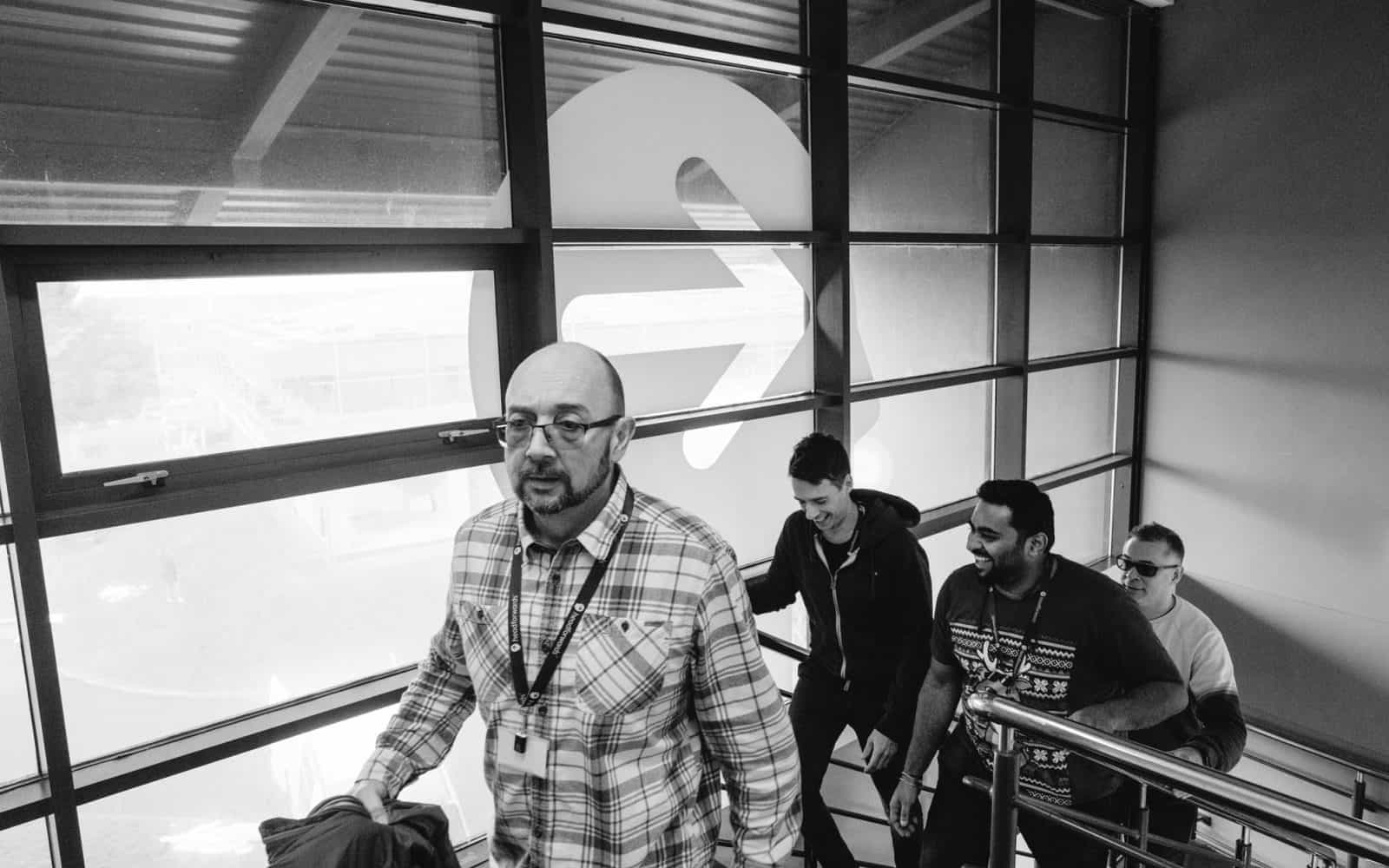Many councils are undergoing a major shift in both the way they use technology, and how they offer digital services to citizens. This calls for two adjustments in the way they work: a cultural change, and a change in the way their IT teams develop and deliver apps, programs and systems.
Through our work with councils, we’ve learned a lot about how Agile development practices can fit into even the most traditional organisational structure. It’s the ideal approach for developing sorely needed new systems without using up precious hours and budget – both things many councils are struggling to find enough of.
Let’s move on from the rigid development roadmap
Leadership is often looking for a neat timeline – the kind you get with traditional waterfall development practices – and it can be a challenge to convince them that it’s not necessary. The most important thing to remember is that requirements usually change faster than a rigid schedule and long development cycles can keep up.
With Agile, the council will always be able to get the systems and apps it needs – but they won’t always be the needs it identified to start with. Moving away from waterfall development means IT teams can reshuffle their backlog and change their priorities on the fly. That means councils won’t find themselves choosing whether to rework or even completely abandon a project that’s no longer going to deliver a product that’s fit for purpose. The Agile approach gives IT the opportunity to course-correct without scrapping months of labour and investment.
Another benefit of the Agile process is being able to see the value created in real time. Rather than developers disappearing for a few months and reappearing with a finished product, stakeholders can start seeing improvement as soon as the MVP is launched – which makes the whole project feel more valuable overall. And the more successes that are visible to leadership throughout development, the easier it’ll be for IT to get buy-in for other projects in the backlog.
Agile is the key to rapid digital transformation
Over the past few years, we’ve been working with a large unitary authority to make significant changes to their IT environment, using Agile development to simplify and digitise core processes – before turning our attention to public-facing systems.
Councils employ hundreds of people across so many different departments and roles – and that means there’s usually a very complex HR function to manage them. HR is always a prime candidate for digitising, as it often relies heavily on paper forms and manual processes.
At this council, we started with its case management process, with the aim of creating a system that would let each team within the HR function contribute to a single view of each employee – and help resolve cases faster. So far, we’ve built an employee helpdesk, moving the team away from managing enquiries from a mailbox, and are working on a self-service employee portal where staff can raise and update requests via a user friendly front-end, rather than by email. We’ve also helped the occupational health team create more structured referral forms, and provided a more streamlined way of booking appointments. This will also become part of the self-service portal, so employees can self-refer, and book and manage their own appointment slots. We’re also looking at introducing other capabilities, such as SMS for automated appointment reminders.
The ultimate goal is to turn all of the relevant internal systems into a single employee-facing portal, where new apps are added to the dashboard of services the council’s people can access. This mirrors plans for a citizen portal, where users will be able to self-serve more effectively for a huge range of council services, from finding recycling information to completing tax payments.
Lessons learned: how to launch into Agile
One of the main reasons our work with that council has been so successful is working with Agile-friendly stakeholders, who get involved in the development process. Agile will certainly be a pace-change for most councils, but those that move away from traditional development will find themselves saving time and money. And as councils continue to systemise their processes, previously complex tasks like ensuring GDPR compliance will become easier – and teams will be far less reliant on paper processes and inefficient apps and workflows.
As I mentioned, we’ve learned a fair few lessons over the past years of embedding Agile with our council clients – both about what makes a good Agile project, and what we need from clients to make that project successful. Here are just a few:
- Start with internal systems
Digital transformation of any kind needs to start internally – even with the temptation of delivering shiny citizen-friendly systems. Great tools for the public are built from great tools for council personnel, so start at your centre and work outwards. - Keep stakeholders involved – and trust them to make decisions
Agile success requires real engagement from stakeholders who are closest to the project you’re working on. Ideally, you want them present at as many stand-ups as possible, so they’re always in the loop. Organisations need to empower these people by trusting them with the budget and decision-making power – and making them accountable for demonstrating value. That way it’s simpler to get new MVPs and iterations signed off, keeping that all-important momentum going. This also reduces risk, by making it easier to react to growing and changing requirements. - Let the backlog grow – and change – organically
The beauty of Agile is that you won’t always have a roadmap that’s set in stone. Your team can adjust as they go to ensure every project is meeting the council’s needs right now, not as they were six weeks ago when you started. You can shuffle your priority list too, working on projects as resource becomes available.

